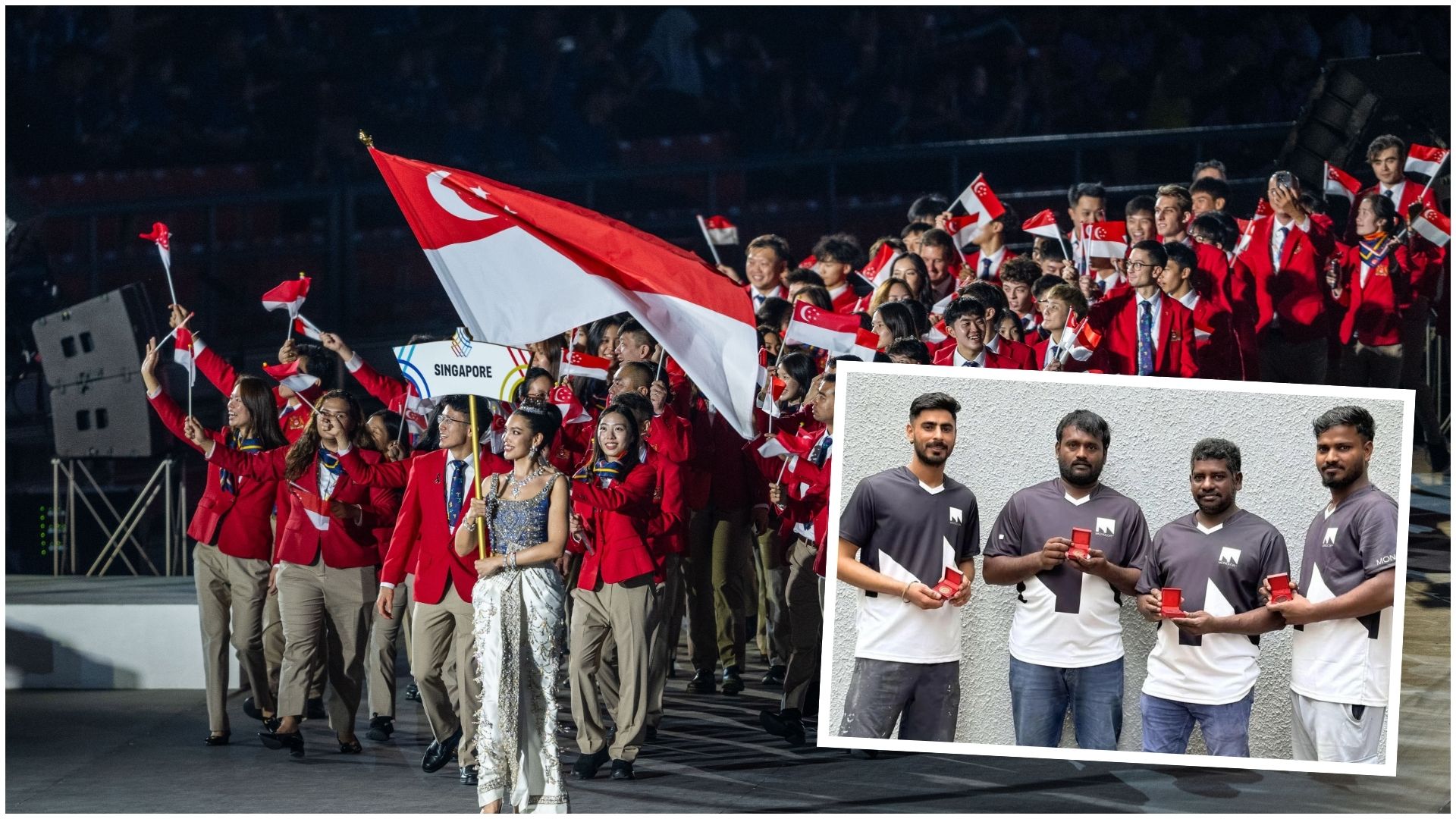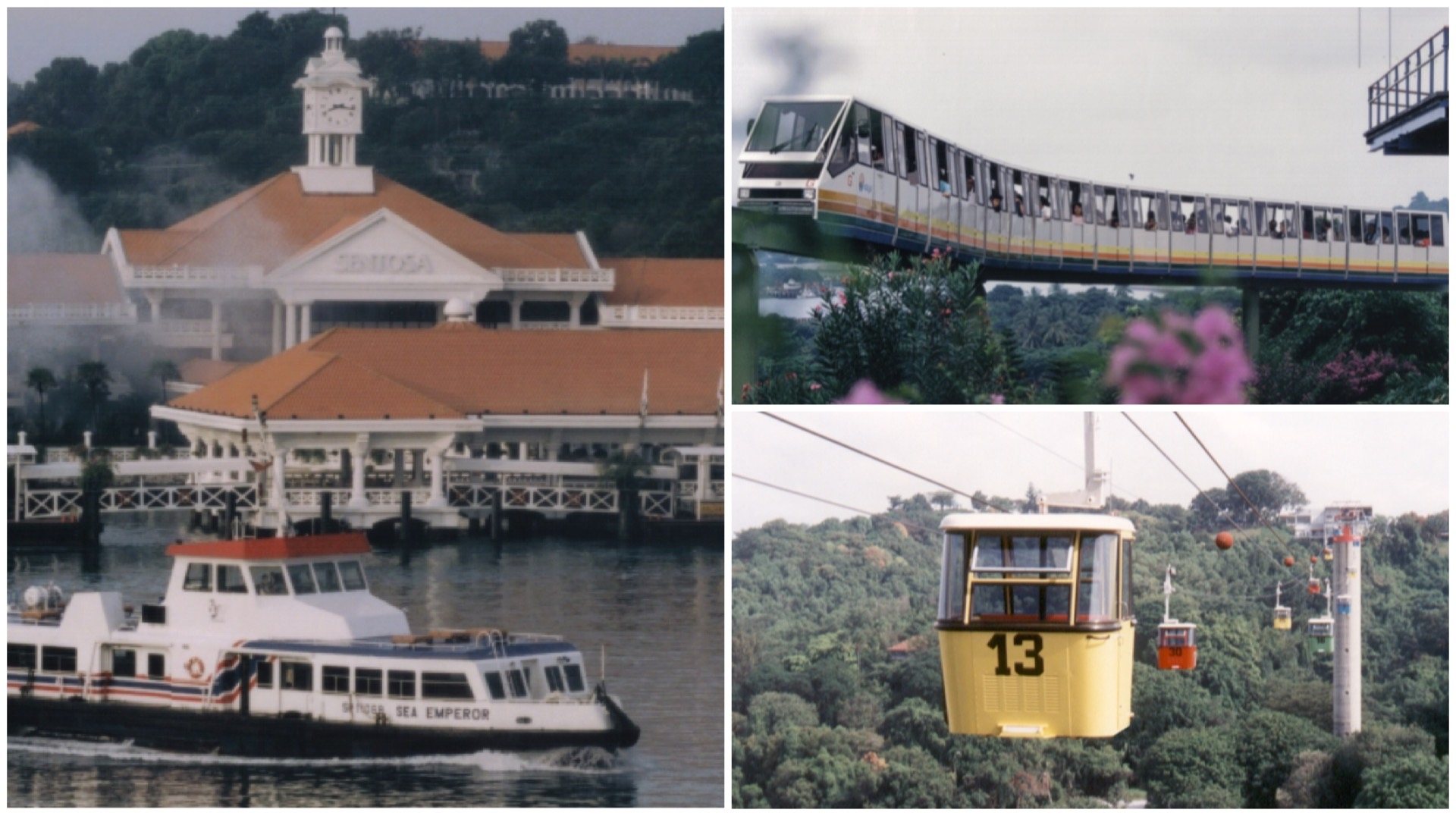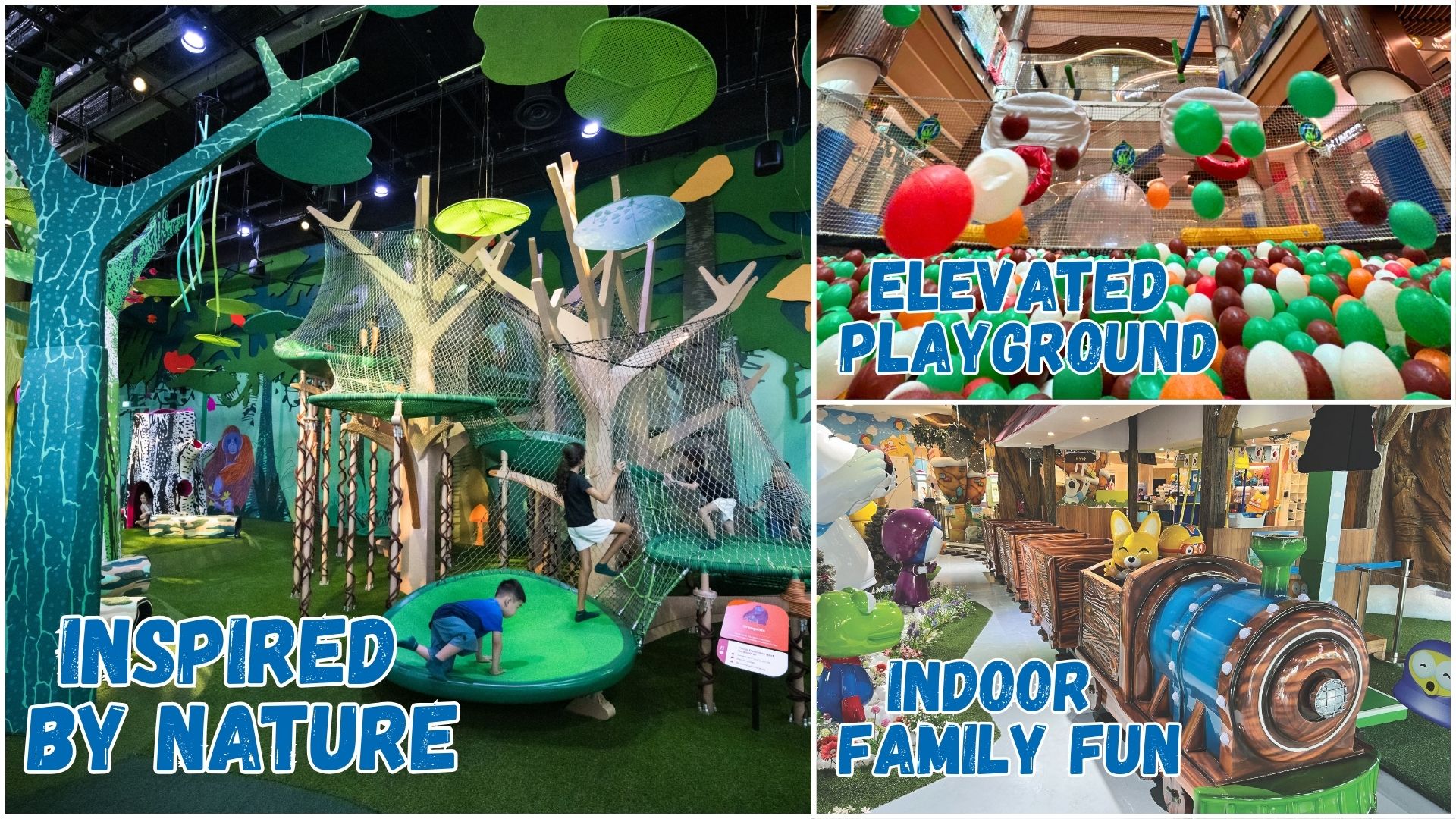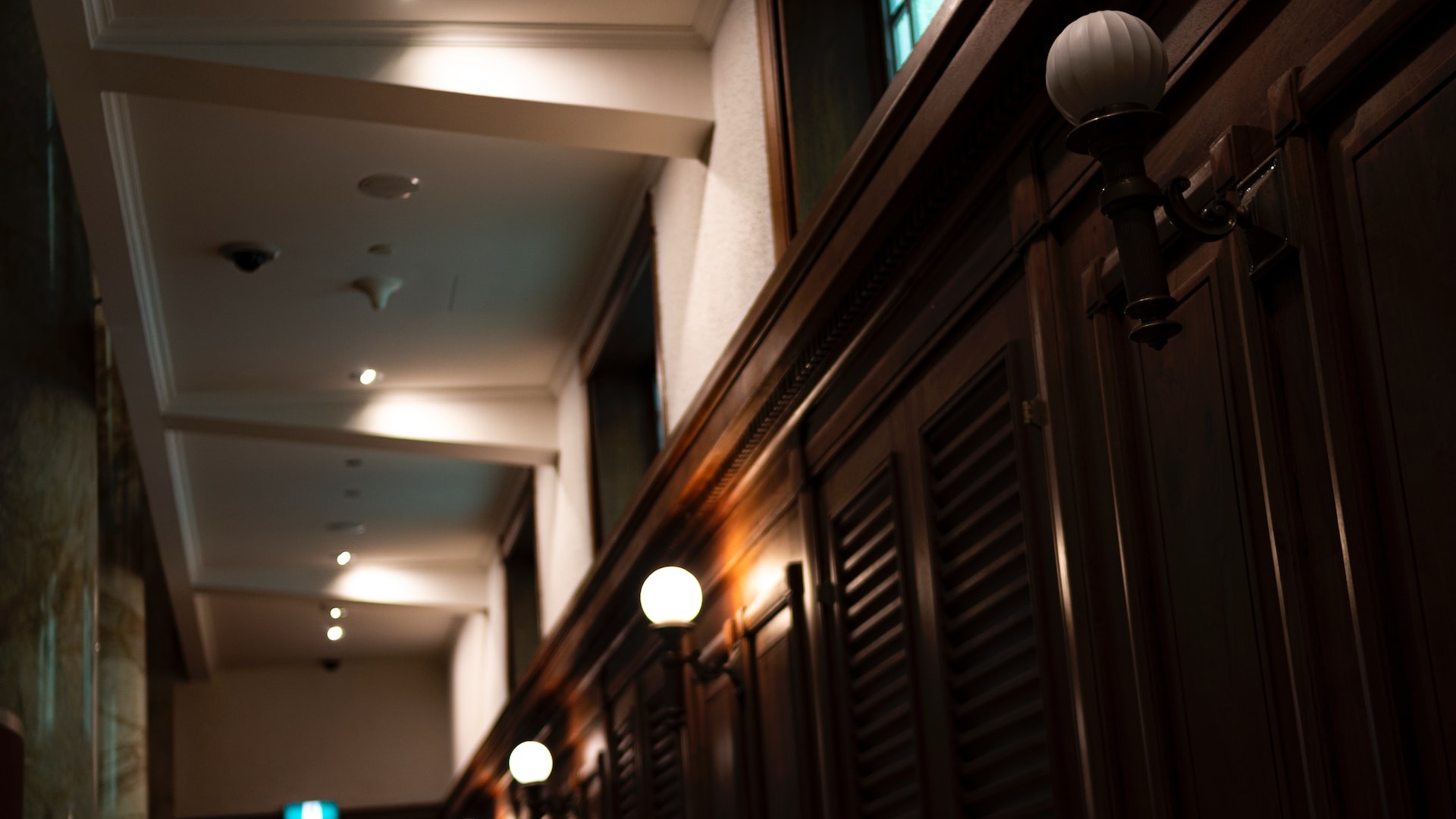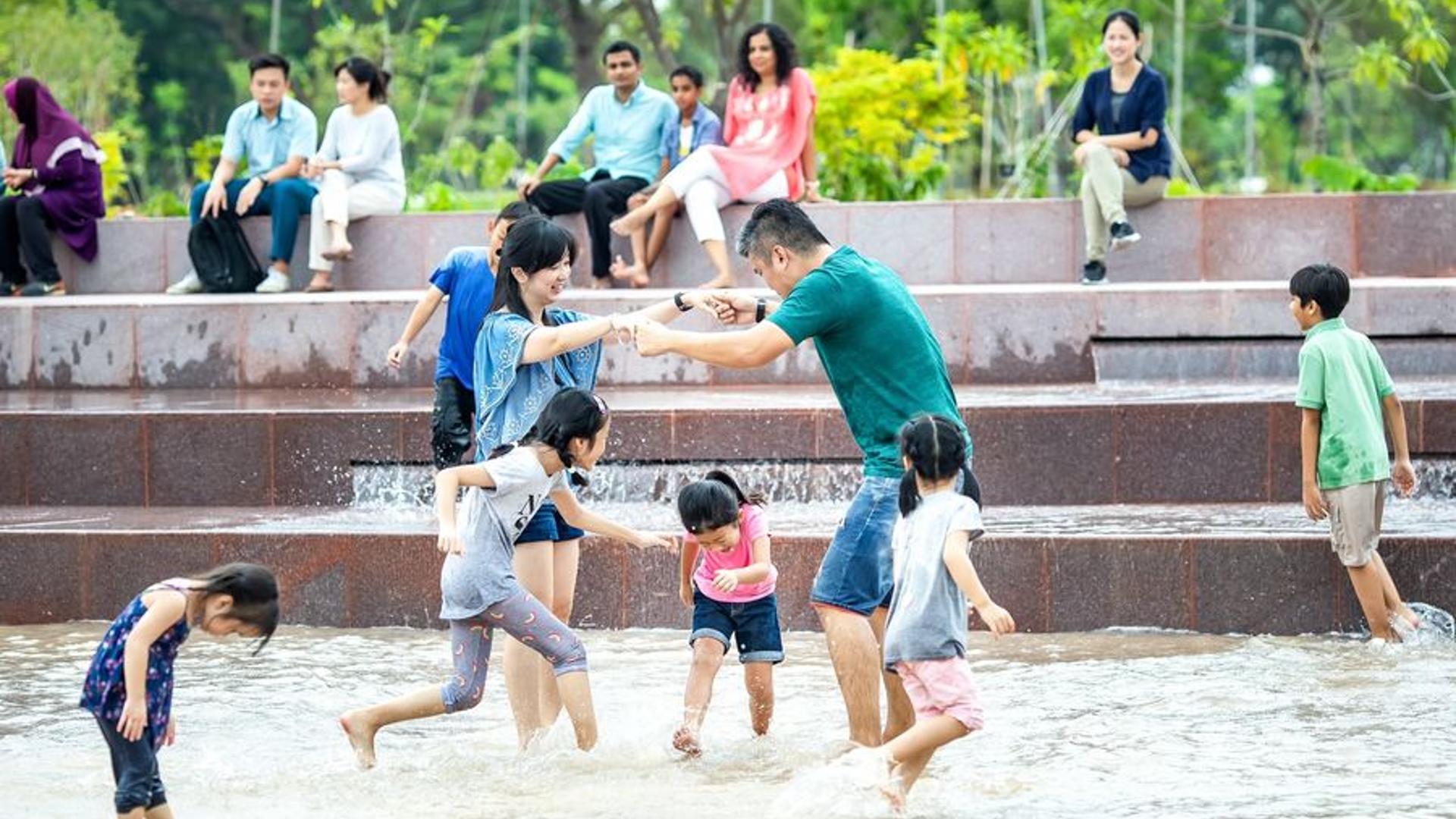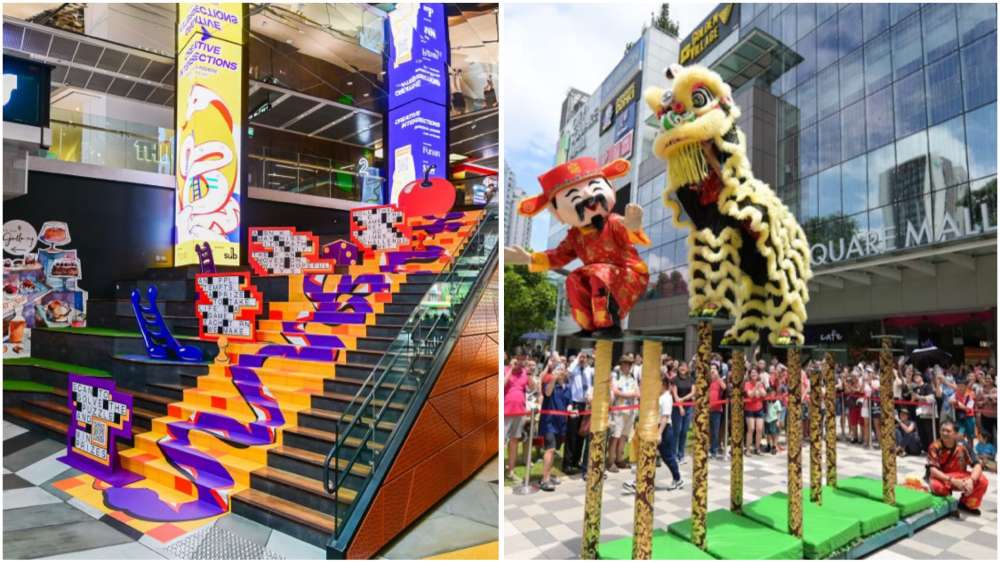Remember These? Fun Sentosa Facts To Celebrate The Island's Golden Jubilee
Those among us who still hold on to physical photo albums might have, in our collection, some snapshots of a very different-looking Sentosa.
Ask any Gen-X or older relative, and they'll probably recount with glee the thrill of boarding a first-generation cable-car or a ferry that would take them into a rustic realm offshore.
How things have changed since Pulau Blakang Mati was renamed "Sentosa", which is celebrating its Golden Jubilee this year. Yes, it's been five decades since a statutory board under the Ministry of Trade and Industry was established on 1 Sep 1972 and called the Sentosa Development Corporation. Its role: to oversee the development, management and promotion of Sentosa island as a tourist destination.
We've seen the island go from offering ferry rides to being linked to the mainland via the Sentosa Causeway, a 380m-long bridge officially opened on 15 Sep 1992.
We've also seen Fantasy Island (a water-slide park that closed in 2002) make way for Adventure Cove; the Asian Village (an enclave of structures representing the traditional architecture and cultures of different Asian countries) redeveloped into Universal Studios Singapore; and the decidedly unrushed monorail transformed into the swift and silent Sentosa Express.
Here, we take a walk down memory lane, and uncover some little-known facts about the "State of Fun".
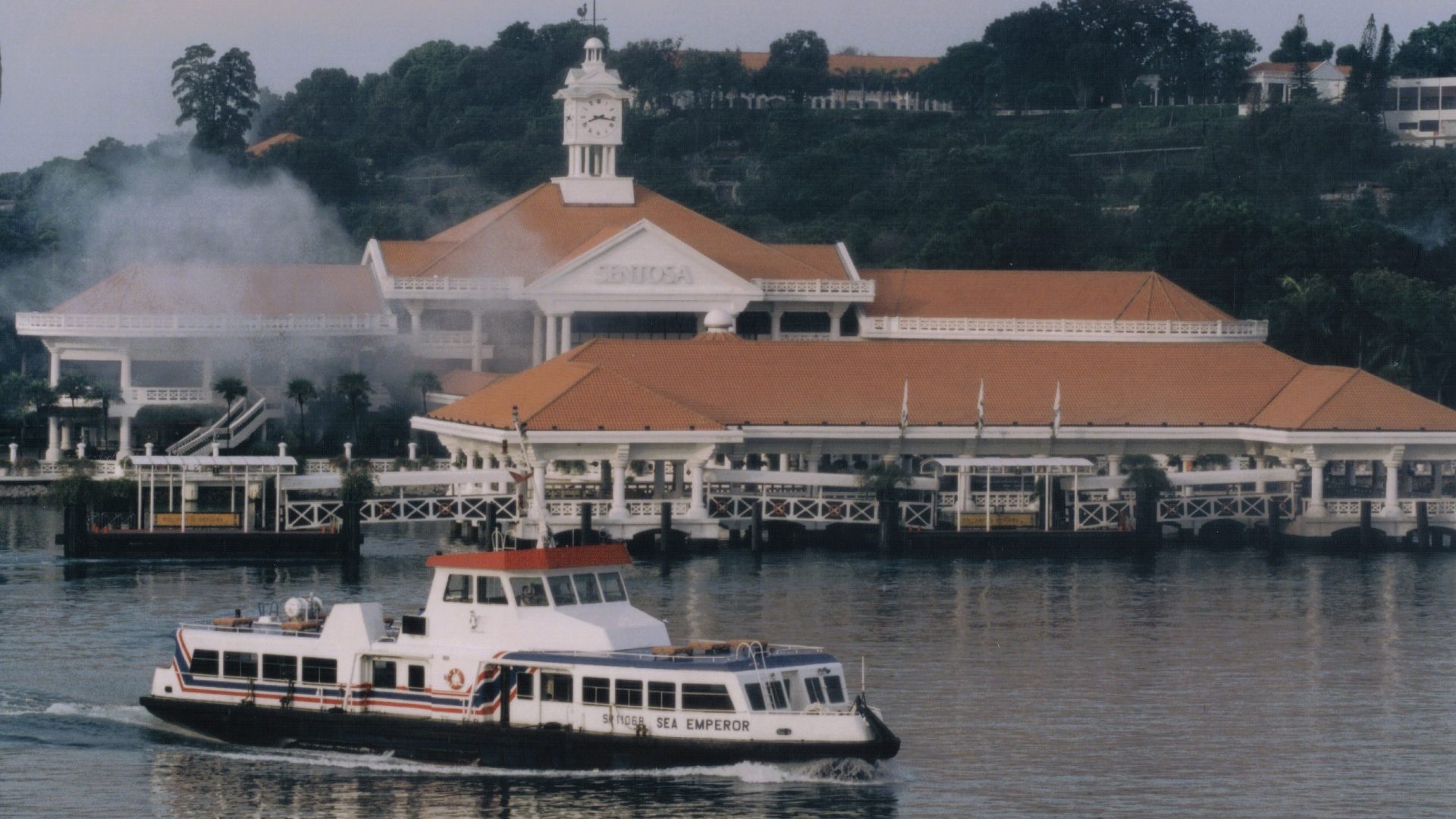
Resorts World Sentosa used to be a charming ferry terminal
Before the Sentosa Causeway was built and officially opened in 1992, there were only two ways of getting to Sentosa - one of which was by ferry. As the vessel approached Sentosa, visitors were greeted by the terminal (with its iconic clock tower) which housed a few restaurants. Sundown saw the start of a water-feature show known as the Musical Fountain (located behind the terminal), which showcased choreographed jets and sprays of water illuminated by colourful lights and set to popular music.
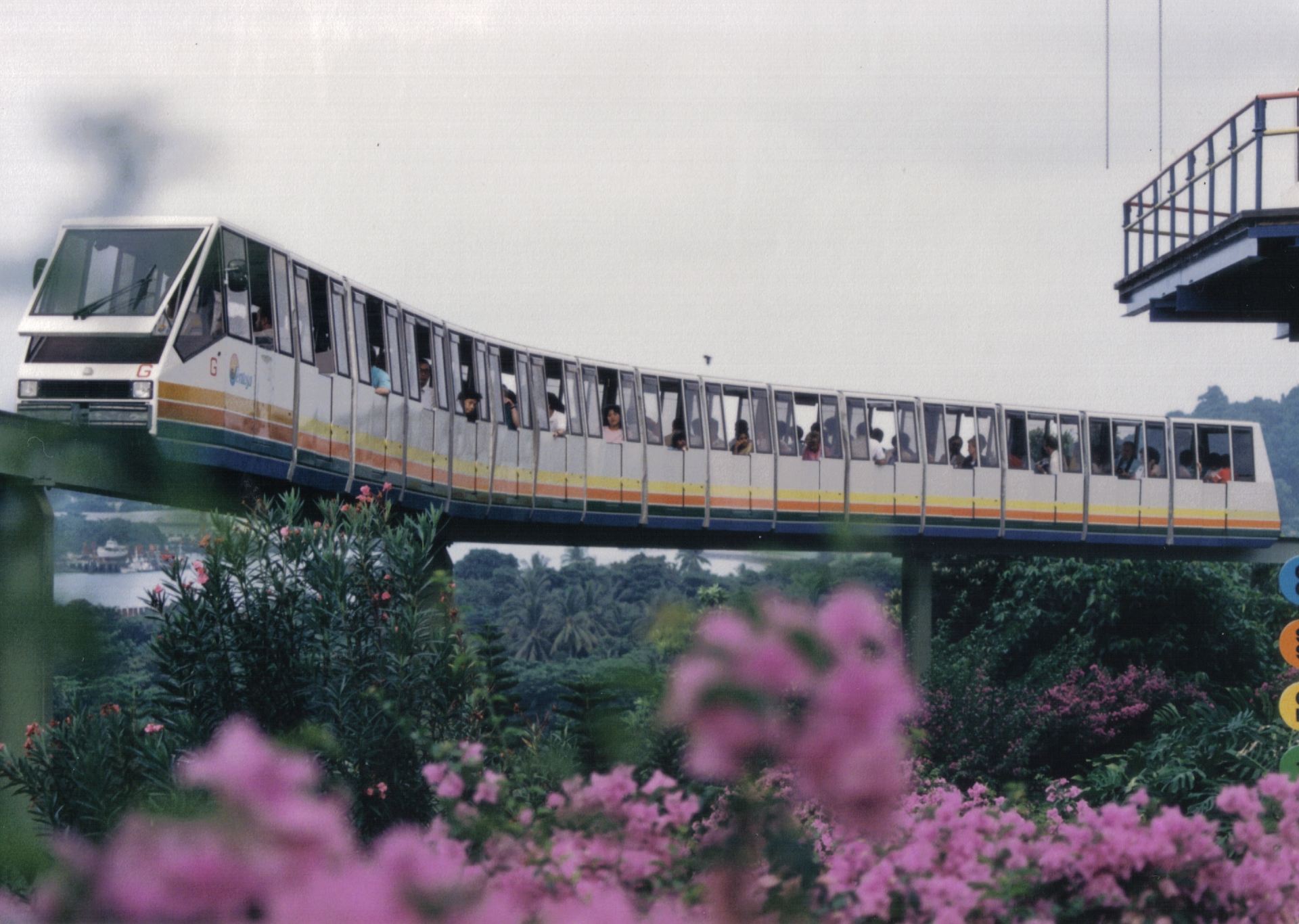
The Sentosa Express was a monorail... with no air-con
Opened on 23 Feb 1982 (fun fact: no relation, but that was the same year Singa the Lion was unveiled as the National Courtesy Campaign mascot), the monorail brought visitors around the island on a narrow carriage that was two seats wide. It had open windows (not very fun when it rained) to give passengers a view and sound of the verdant jungle and the island's attractions below, as the train trundled along. The monorail ceased operations in 2005, and was replaced by the fun, futuristic and colour-coded Sentosa Express which started operating on 15 Jan 2007.
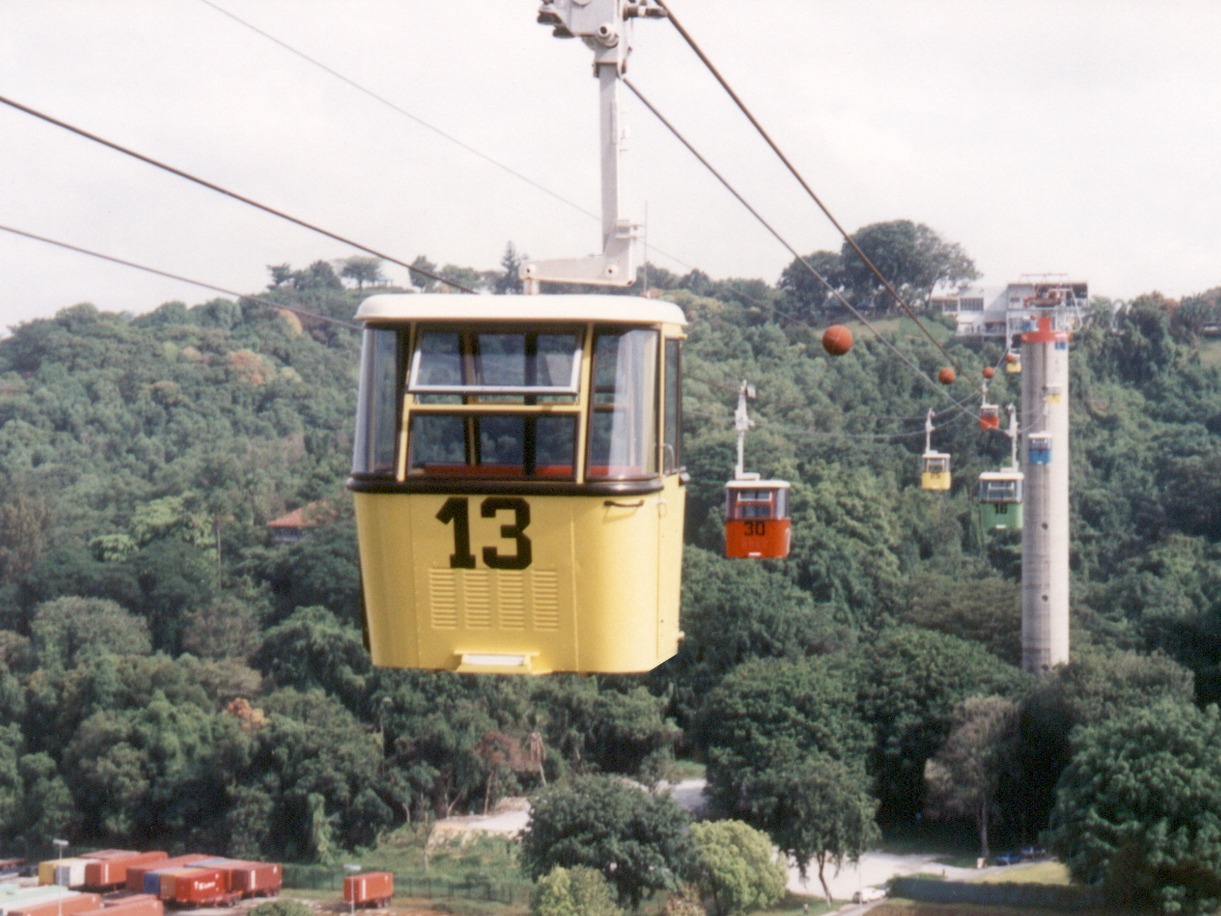
The cable car's Mt Faber Line is 48 years old!
Beginning operations and officially declared open on 15 February 1974 by then-Deputy Prime Minister and Minister for Defence, Dr Goh Keng Swee, the first-generation cable car was an aerial ropeway that plied between Mount Faber and Sentosa. In addition to this Mt Faber Line, the cable car system today also has a Sentosa Line, which was introduced in July 2015 and takes passengers from Merlion Plaza to Siloso Point.
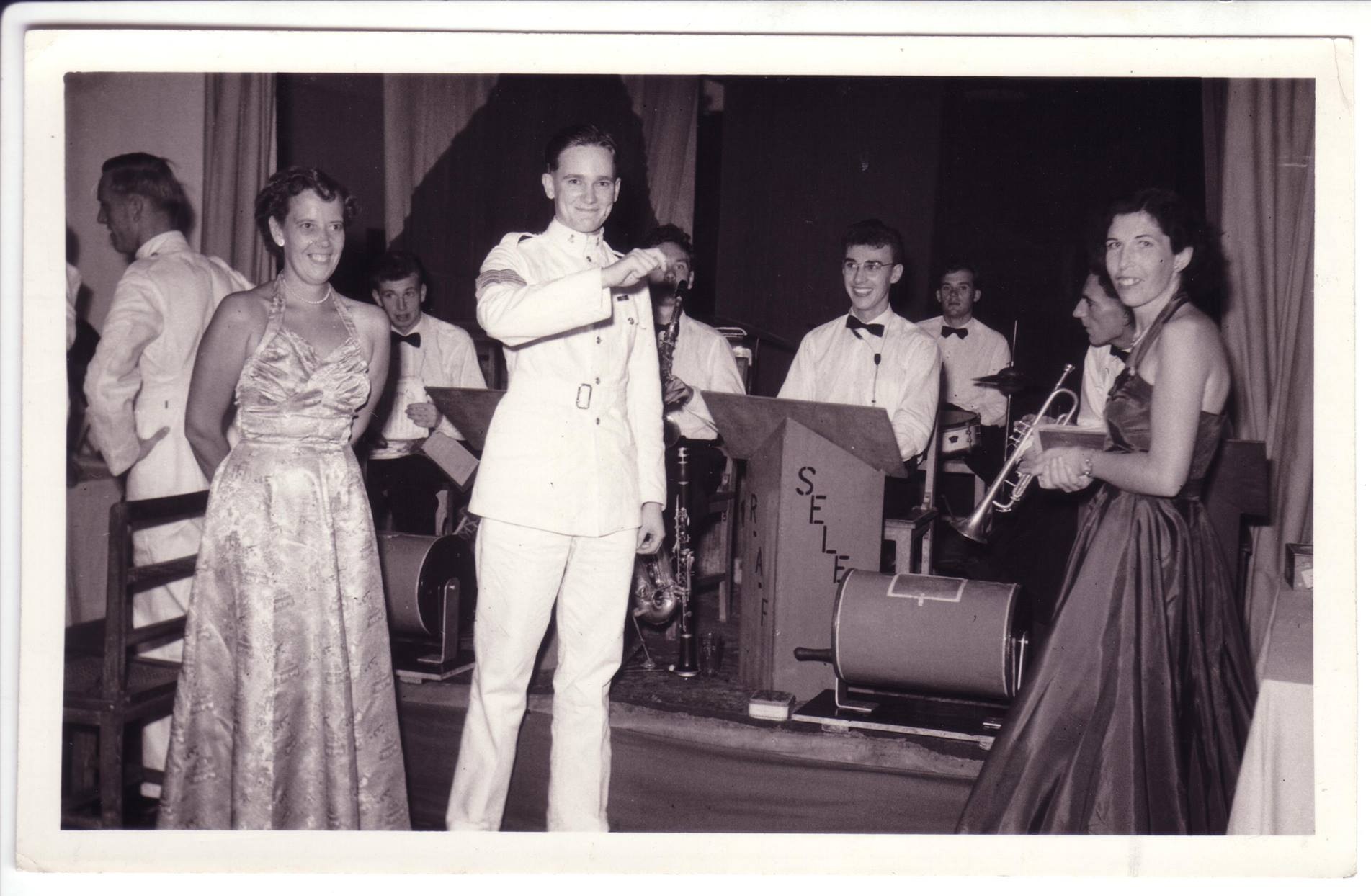
Capella Singapore used to be a building that served as a British Officers Mess
Capella Singapore might smell of luxury today, but back in the 1880s, when the two-storey buildings were known as 48-51 Ironside Road, the scent was more... military. Back then, according to Roots.sg, the structures were used as garrisons for the British Artillery: "Blocks 48 and 49 were used for the Officers’ Mess and living quarters for the unmarried officers, while Blocks 50 and 51 were for married officers and their families." Another fun fact: on 12 Jun 2018, the hotel hosted a historic summit between US President Donald Trump and North Korean leader Kim Jong Un.
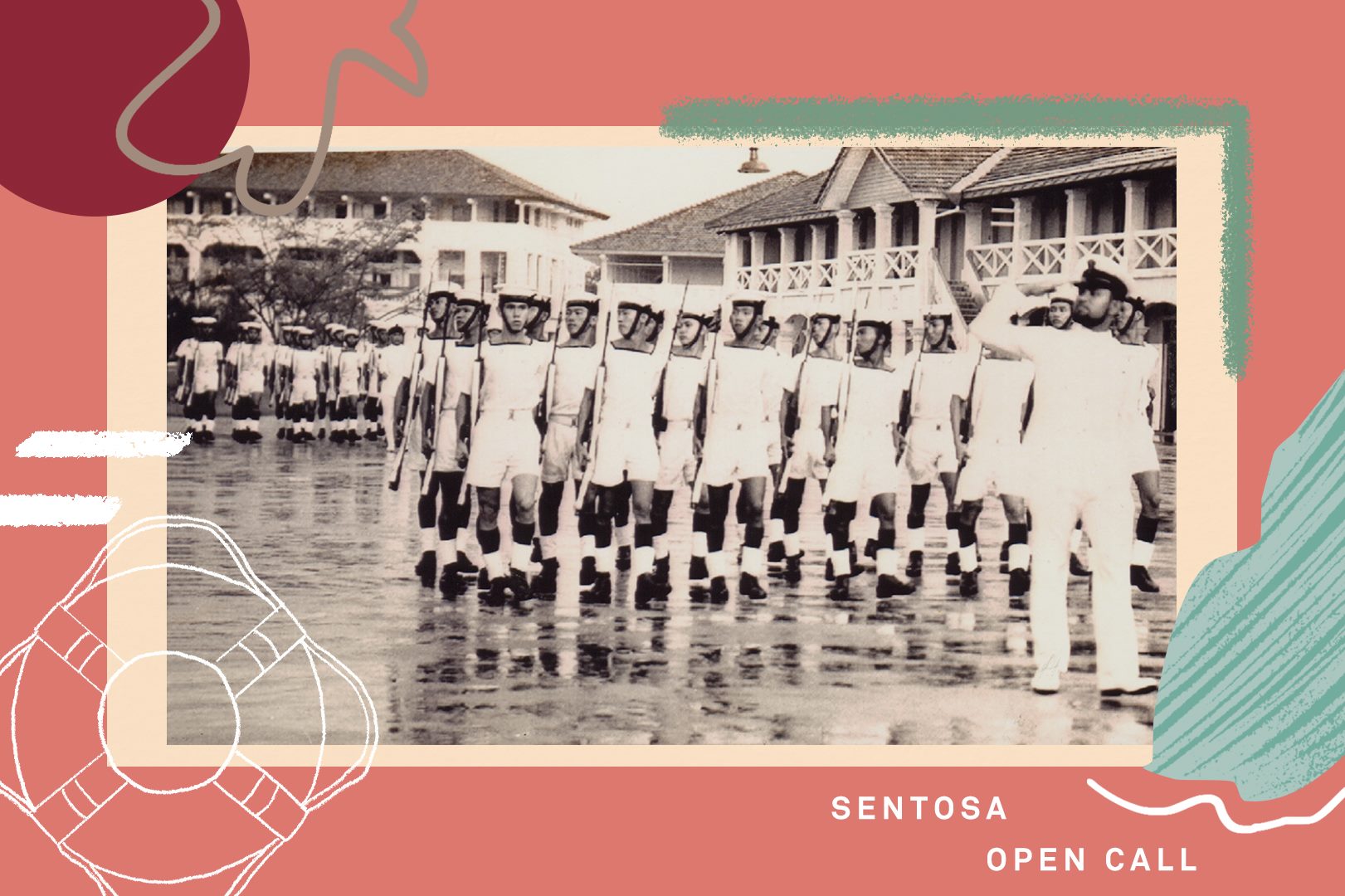
For a while after WWII, it was used as a training base for military units
To further emphasise Sentosa's rich military history, here's another interesting fact: according to the National Heritage Board, Sentosa continued to be a training base after the war for "military units such as the Singapore Volunteer Corps, Locally Enlisted Personnel (LEP), 1st Singapore Regiment of the Royal Artillery (1st SRRA), Raffles Institution Cadet Corps, and the Singapore Naval Volunteer Force (predecessor of the Republic of Singapore Navy)".
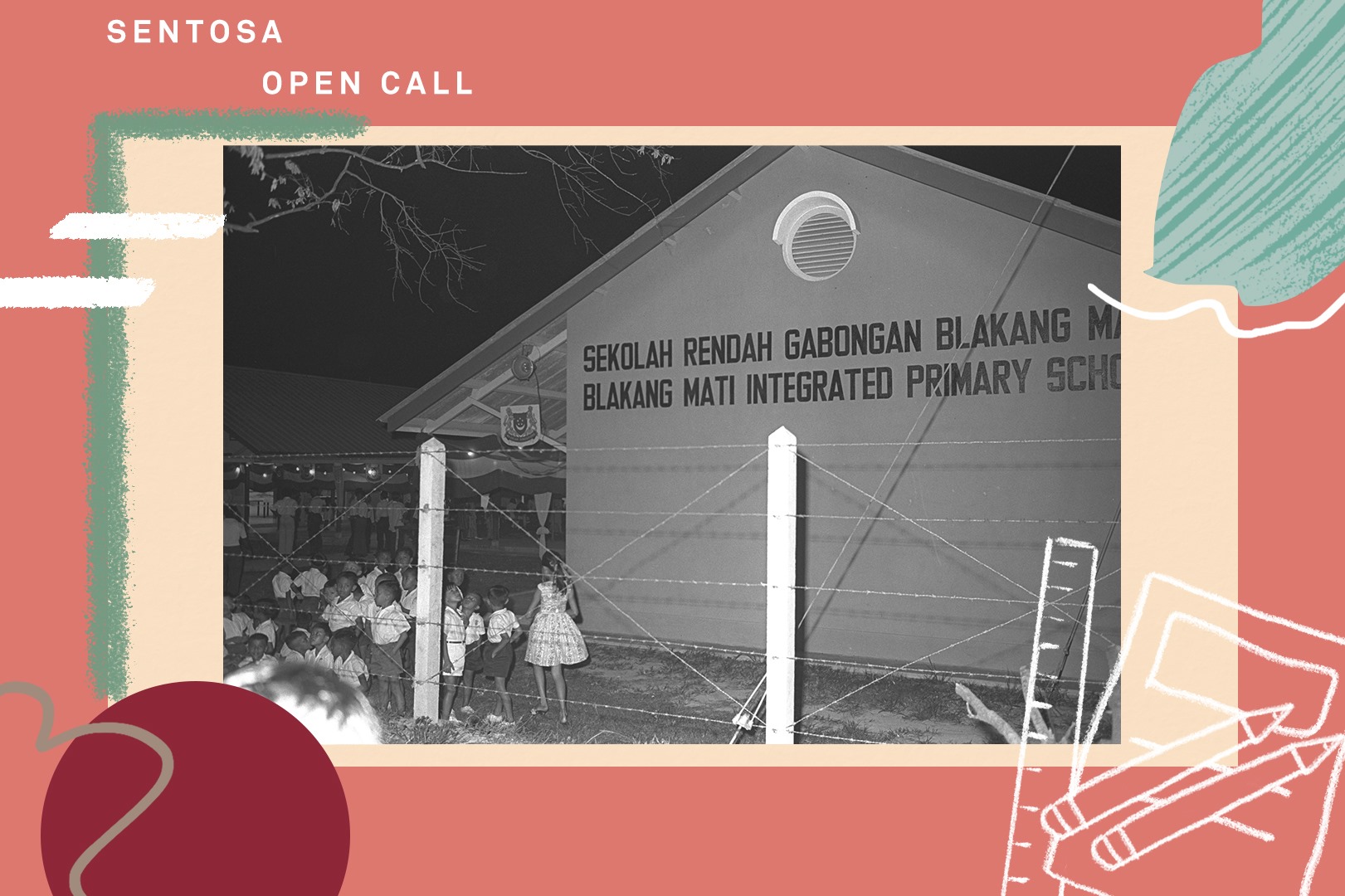
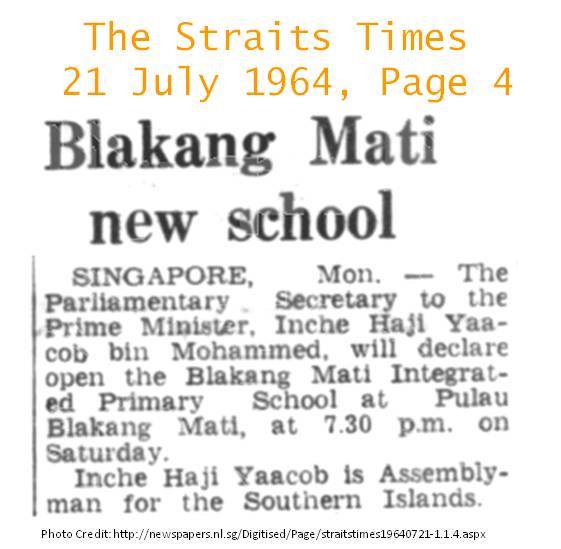
There used to be a primary school on the island
Yes, you read that right. According to The Straits Times article from 1964, Blakang Mati Integrated Primary School was declared open that year. There's not much info on this institution unfortunately, but we're sure it must have been a fun (boat) ride to school every day!
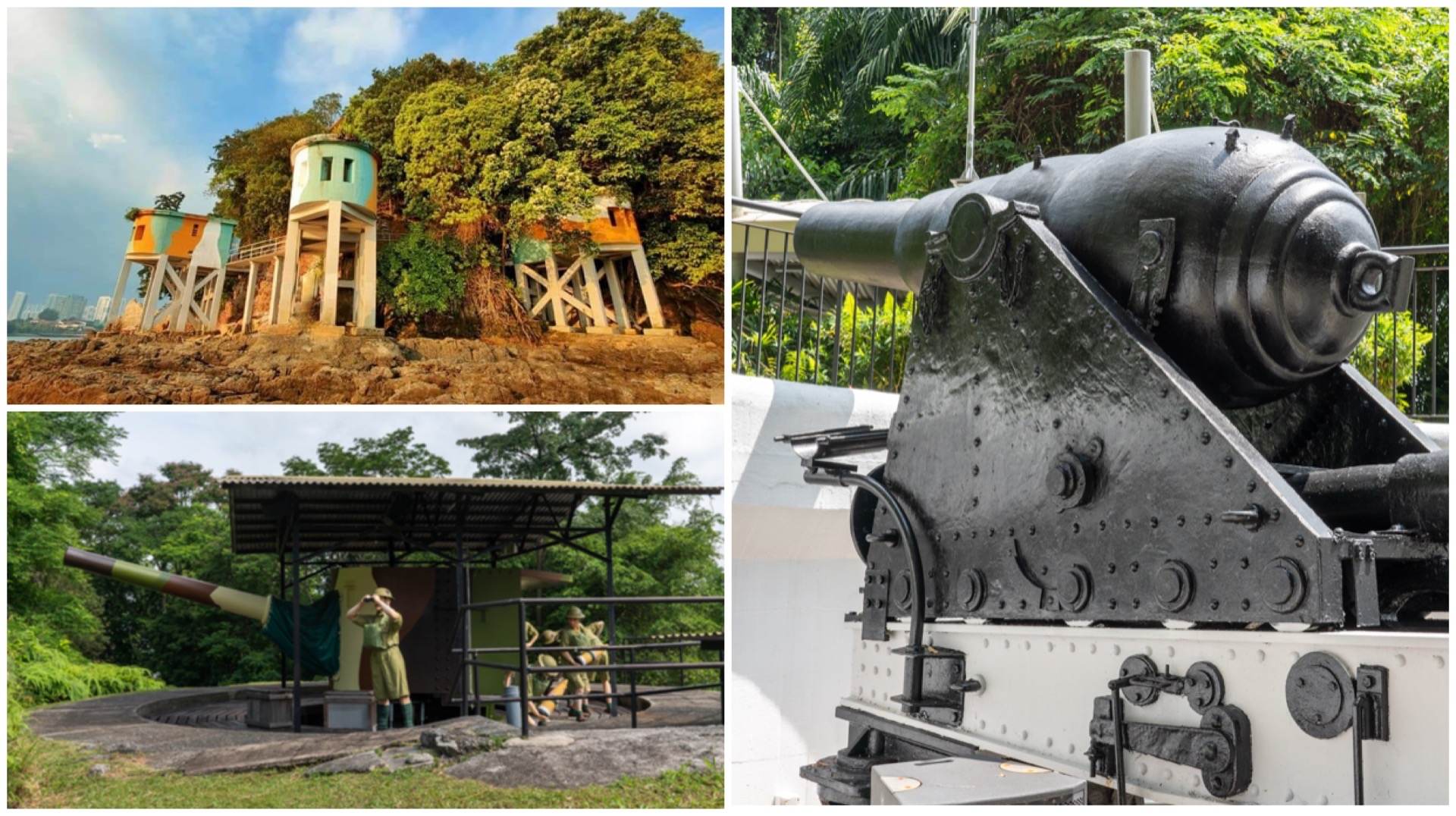
Fort Siloso has been declared a National Monument
Located strategically on the western tip of Sentosa, Fort Siloso was used to defend the western entrance to Singapore's New Harbour (known as "Keppel Harbour" today). During the monumental Battle for Singapore that occured from 8 to 15 Feb 1942, Fort Siloso provided critical defence by pivoting from its role in seaward fortification to providing firepower towards the mainland and turning its guns on the Japanese troops who decided to invade Singapore from North Malaya. On Total Defence Day (15 Feb) this year, it was gazetted as Singapore's 74th National Monument.
Sentosa supposedly has the most number of peafowls in one location in Singapore
According to Sentosa's official website, "Sentosa is believed to have the largest number of peafowls in a single location in Singapore". Among them are Indian peafowls (the ones with the bright blue heads and necks) and Green peafowls (also known as Javanese peafowls). If you're lucky, you might come across a rare one that is white all over as a result of leucism, a genetic mutation that causes a prevention of colour pigmentation.
For the latest updates on Wonderwall.sg, be sure to follow us on TikTok, Telegram, Instagram, and Facebook. If you have a story idea for us, email us at [email protected].



